Water on Mars
Findings from our Mars Reconnaissance Orbiter (MRO) provide the strongest evidence yet that liquid water flows intermittently on present-day Mars. Dark, narrow streaks on Martian slopes such as these at Hale Crater are inferred to be formed by the seasonal flow of water on contemporary Mars. The streaks are roughly the length of a football field.
Smoke Ring for a Halo
Two stars shine through the center of a ring of cascading dust in this image taken by the Hubble Space Telescope. The star system is named DI Cha, and while only two stars are apparent, it is actually a quadruple system containing two sets of binary stars. As this is a relatively young star system it is surrounded by dust.
Pluto’s Largest Moon, Charon
New Horizons spacecraft has returned the best color and the highest resolution images yet of Pluto’s largest moon, Charon - and these pictures show a surprisingly complex and violent history. This high-resolution enhanced color view of Charon was captured just before the closest approach on July 14. The image combines blue, red, and infrared images; the colors are processed to best highlight the variation of surface properties across Charon.
Veil Nebula
This is the expanding remains of a massive star that exploded about 8,000 years ago. This view is a mosaic of six pictures from our Hubble Space Telescope of a small area roughly two light-years across, covering only a tiny fraction of the nebula’s vast structure. This close-up look unveils wisps of gas, which are all that remain of what was once a star 20 times more massive than our sun.
Messier 94 Galaxy
This image shows the galaxy Messier 94, which lies in the small northern constellation of the Hunting Dogs, about 16 million light-years away. Within the bright ring or starburst ring around Messier 94, new stars are forming at a high rate and many young, bright stars are present within it.
Solar ‘Pumpkin’
This photo shows active regions on the sun combined to look something like a jack-o-lantern’s face. The image was captured by NASA’s Solar Dynamics Observatory in October 2014, which watches the sun at all times from its orbit in space.
Italy from the International Space Station
Before drifting off to sleep, NASA astronaut Scott Kelly (@stationcdrkelly) captured these images from the International Space Station and wrote, “ Day 180. Moonlight over Italy. #BuonaNotte Good night from @ISS! #YearInSpace.”
Cosmic Archaeological Dig
Peering deep into the Milky Way’s crowded central hub of stars, researchers using our Hubble Space Telescope have uncovered for the first time a population of ancient white dwarfs smoldering remnants of once-vibrant stars that inhabited the core. Finding these relics, at last, can yield clues to how our galaxy was built, long before Earth and our sun formed. This image is a small section of Hubble’s view of the dense collection of stars crammed together in the galactic bulge.
It shows the Super Blood Moon behind the Washington Monument on Sunday, Sept. 27, 2015, in Washington, DC. The combination of a supermoon and total lunar eclipse last occurred in 1982 and will not happen again until 2033.
The dwarf planet sent a love note back to Earth via our New Horizons spacecraft, which traveled more than 9 years and 3+ billion miles. This was the last and most detailed image of Pluto sent to Earth before the moment of closest approach, which was at 7:49 a.m. EDT Tuesday, 2015 July 14 about 7,750 miles above the surface roughly the same distance from New York to Mumbai, India making it the first-ever space mission to explore a world so far from Earth.
Ice on Mars
Mars: You might be surprised, but this image taken by our Mars Reconnaissance Orbiter is of a light-toned deposit on the Martian surface. Some shapes in the terrain suggest erosion by a fluid moving north to south.
Dry Land on Close-Up of Jupiter
Earth: This image taken by our Earth Observing-1 satellite shows Lake Frome in central Australia. In this image, the salt lake appears bone-dry, filled with off-white sediment. This area of Australia receives 149 to 216 millimeters of rainfall a year on average, and the basins pass most of their time as saltpans.
Our Moon
Mercury: Our MESSENGER spacecraft captured this image of Mercury during a fly by in October 2008. It shows previously uncharted regions of the planet that have large craters with an internal smoothness similar to Earth’s own moon. It is thought that these craters were to have been flooded by lava flows that are old but not as old as the surrounding more highly cratered surface.
Our Home Planet
Earth: Surprisingly, this image taken from the International Space Station shows the western half of the Arabian peninsula in Saudi Arabia. It not only contains large expanses of sand and gravel but extensive lava fields known as haraat.
Saturn
Saturn: Although this pattern of waves is similar to those seen on Jupiter, this is actually a picture of Saturn. The pattern of an iconic surfer’s wave has been observed in many places all over the universe, including at the edges of Earth’s magnetic environment.
Mars
Mars: This image was taken by our Mars Reconnaissance Orbiter and shows dunes of sand-sized materials that have been trapped on the floors of many Martian craters. The dunes are linear, thought to be due to shifting wind directions.
Europa and Frying Pan
Left: Europa. Right: Frying Pan. Europa is one of Jupiter’s moons and is about the same size as Earth’s moon.
Dwarf Planet Ceres
Ceres: This image taken by our Dawn spacecraft shows an intriguing mountain on dwarf planet Ceres protruding from a relatively smooth area.
Our Own World
Earth: This image of the Bazman volcano is located in a remote region of souther Iran. While the volcano has the classic cone shape of a stratovolcano, it is also heavily dissected by channels that extend downwards from the summit.
Red Desert
Earth. This image of the Great Sandy Desert in northwest Australia shows a variety of dune forms across the region. The photo was taken by the Expedition 35 crew from the International Space Station.
Galactic Wreath of Lights
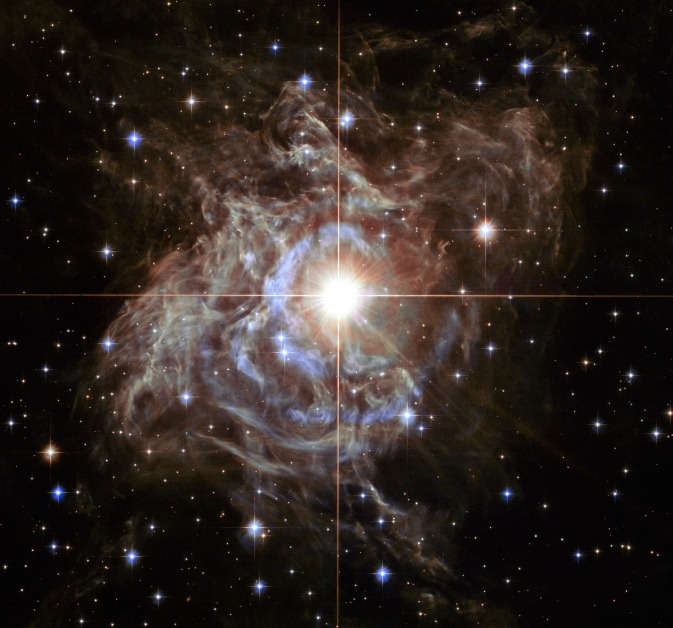
This festive image captured by our Hubble Space Telescope resembles a holiday wreath made of sparkling lights. This galactic wreath is located around 6,500 light-years away.
Red and Green Aurora
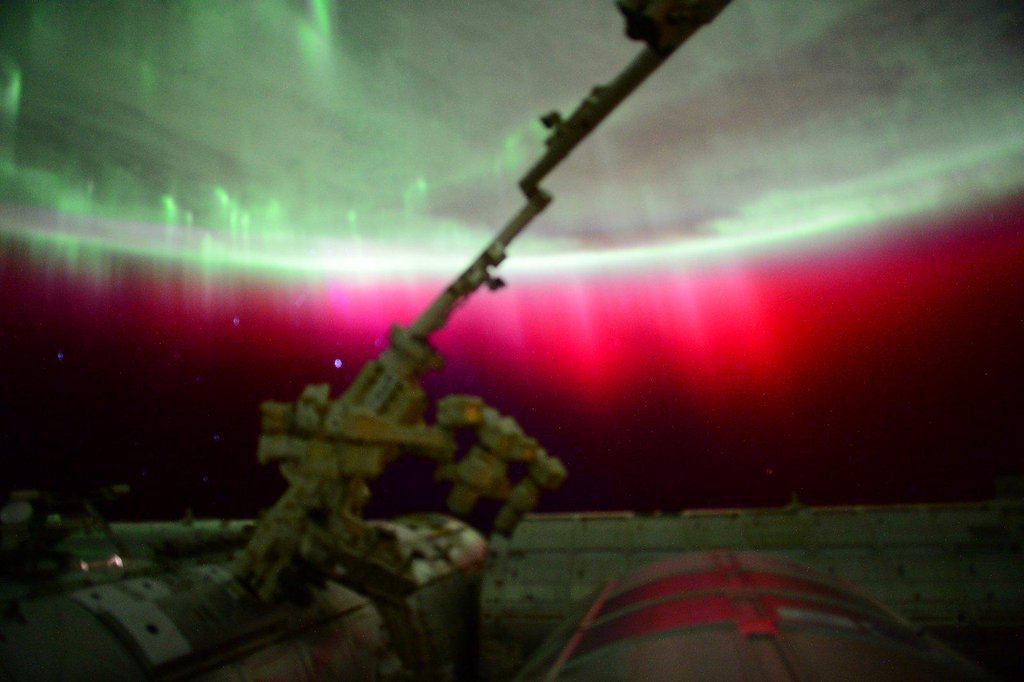
This beautiful aurora was captured by Astronaut Scott Kelly while aboard the International Space Station. He shared it with his Twitter followers on 2015 June, 22 during his Year in a Space mission. This image of Earth’s aurora is festive with its red and green lights.
Holiday Snow Angel
Our Hubble Space Telescope captured this stunning image of what looks like a soaring, celestial snow angel. This picture shows a bipolar star-forming region, called Sharpless 2-106.
Cosmic Holiday Ornament
This festive-looking nearby planetary nebula resembles a glass-blown holiday ornament with a glowing ribbon entwined. This cosmic decoration was spotted by our Hubble Space Telescope.
Holiday Lights on the Sun
Even the sun gets festive with its festive-looking solar flares. This significant flare was seen by our Solar Dynamics Observatory (SOHO) on Dec. 19, 2014. Even though solar flares are powerful bursts of radiation, they cannot pass through Earth’s atmosphere to physically affect humans on the ground. That said, when intense enough, the radiation can disturb the atmosphere in the layer where GPS and communications signals travel.

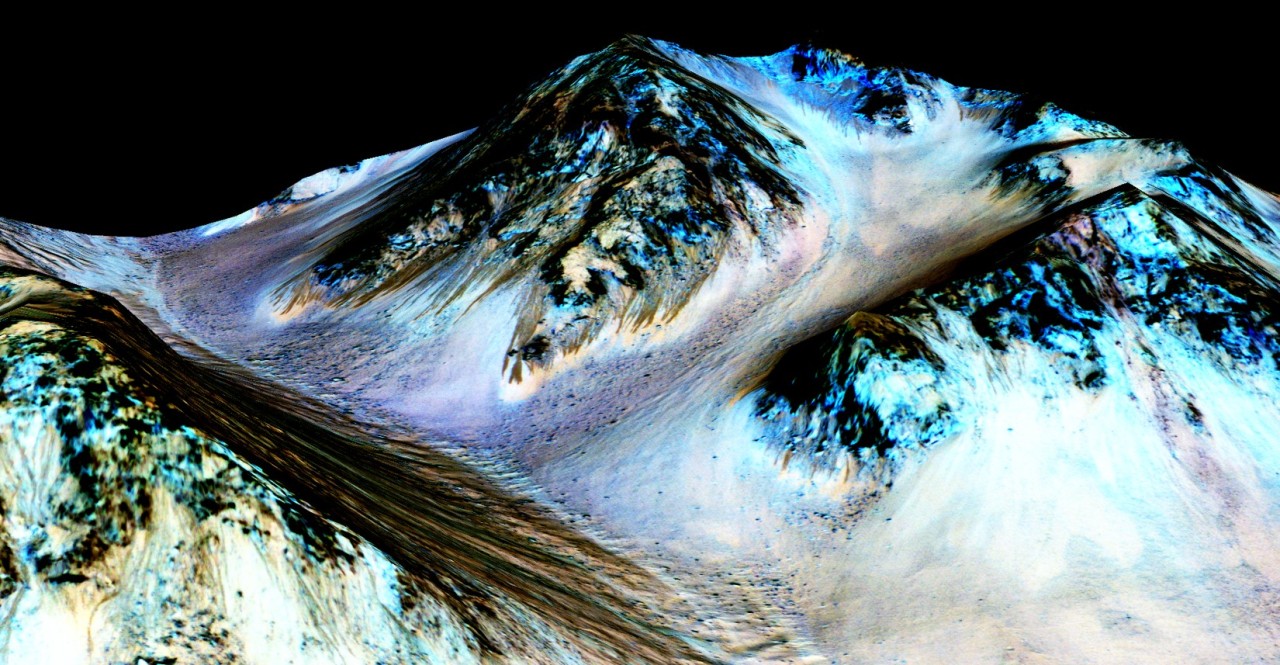
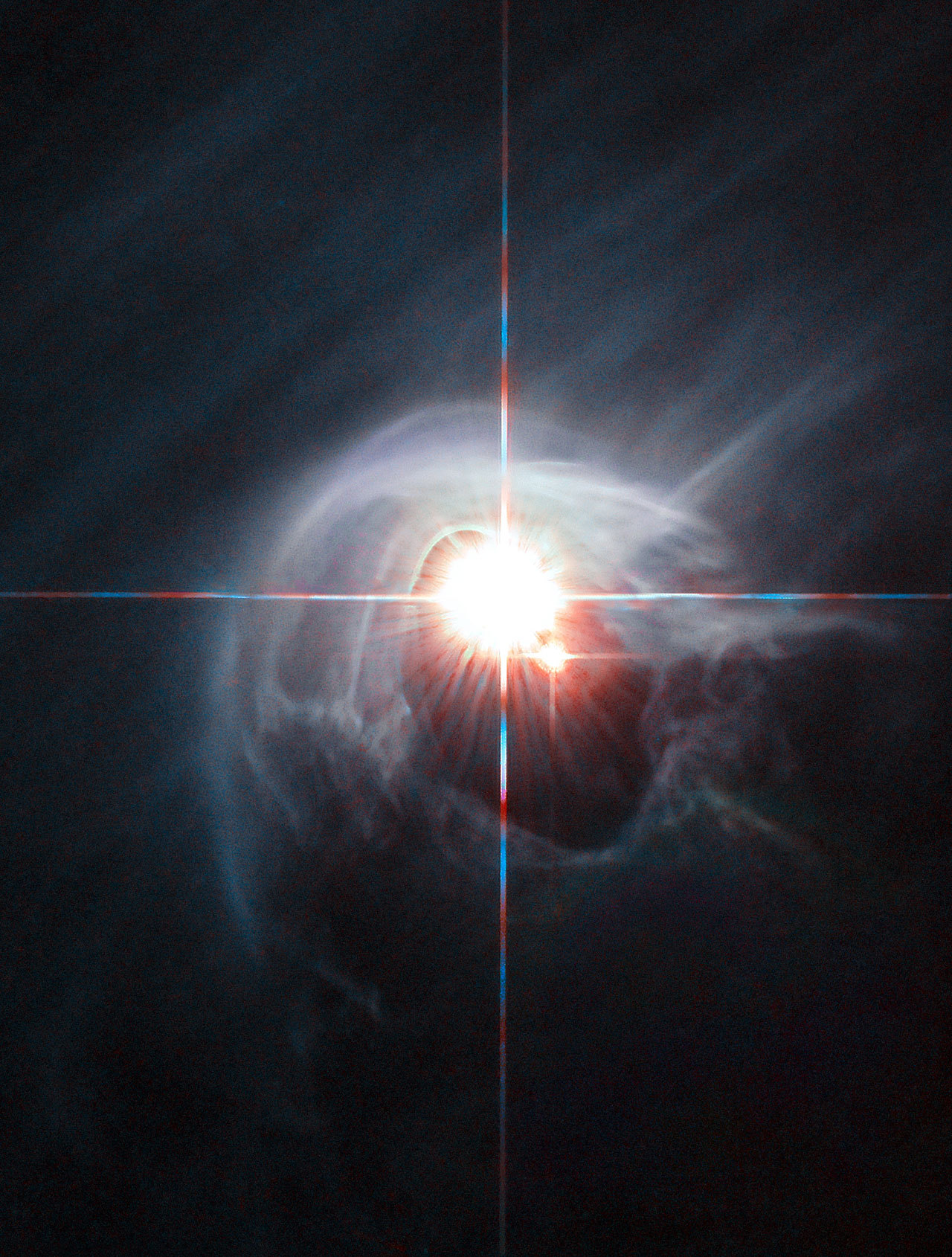
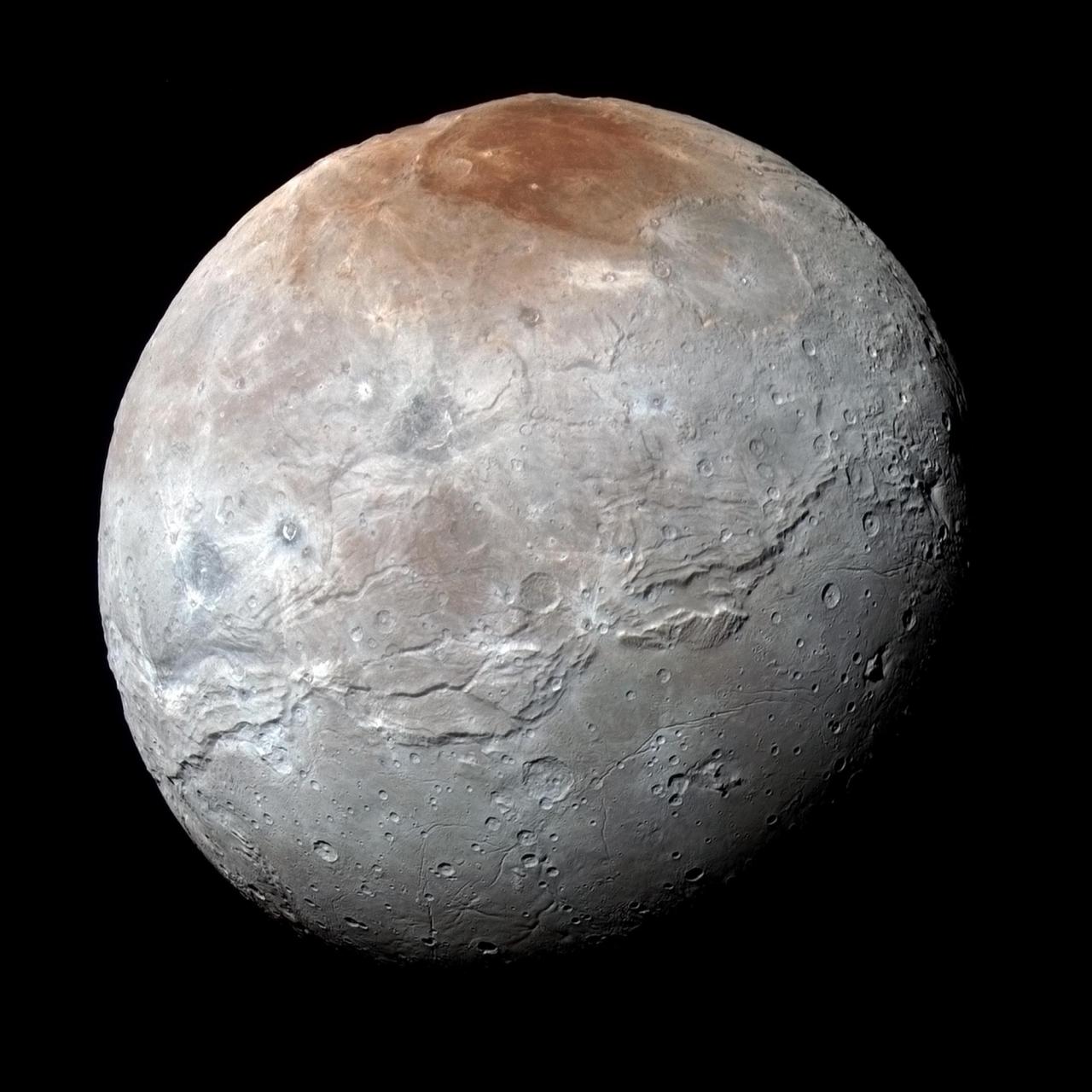

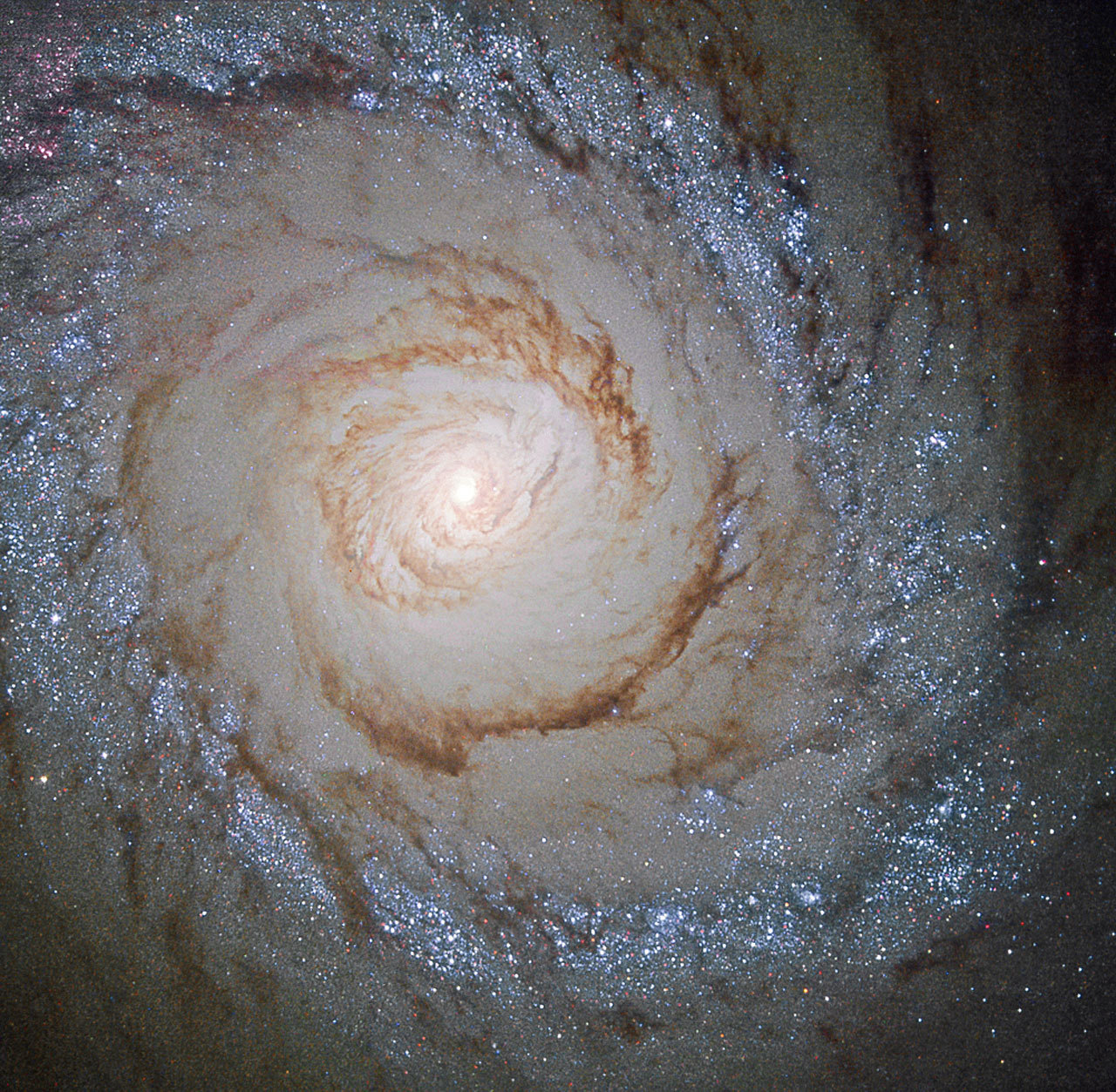

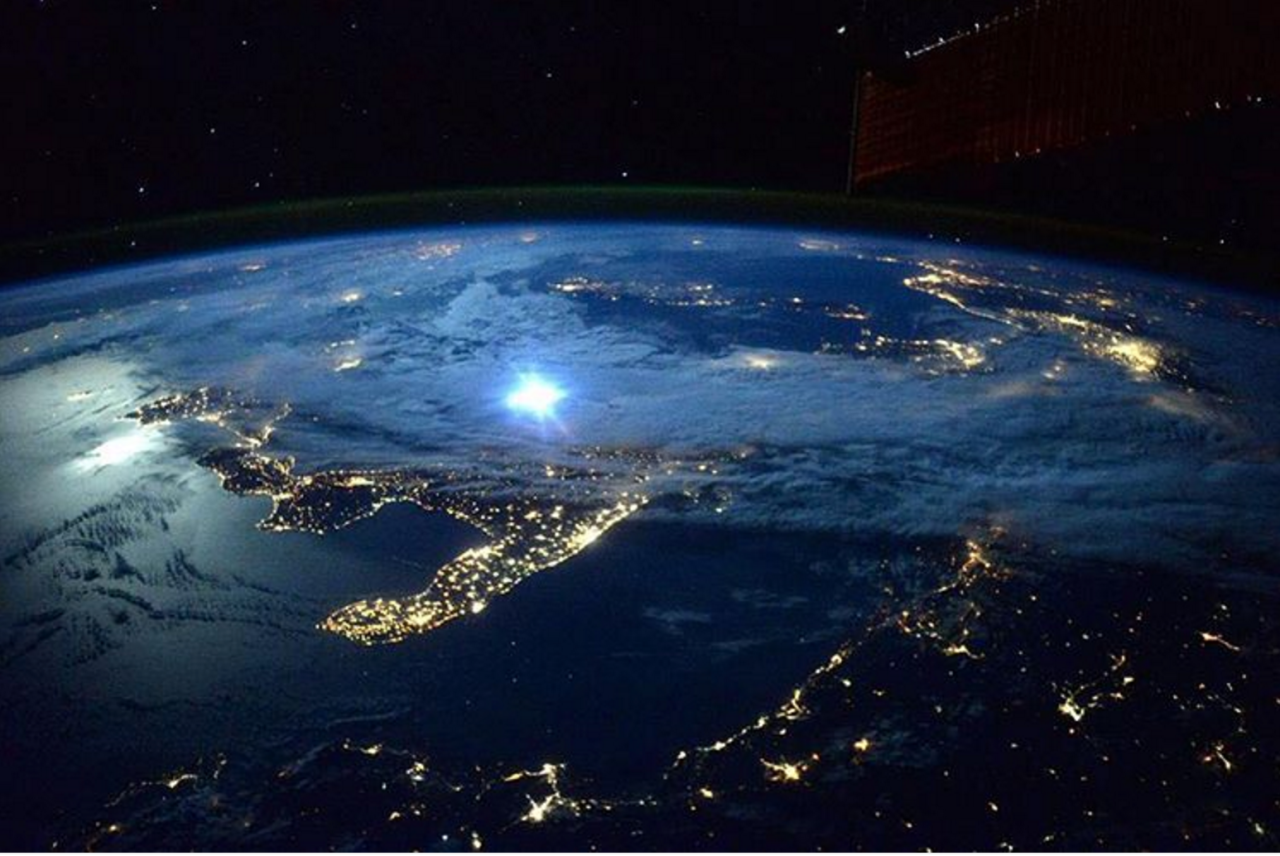
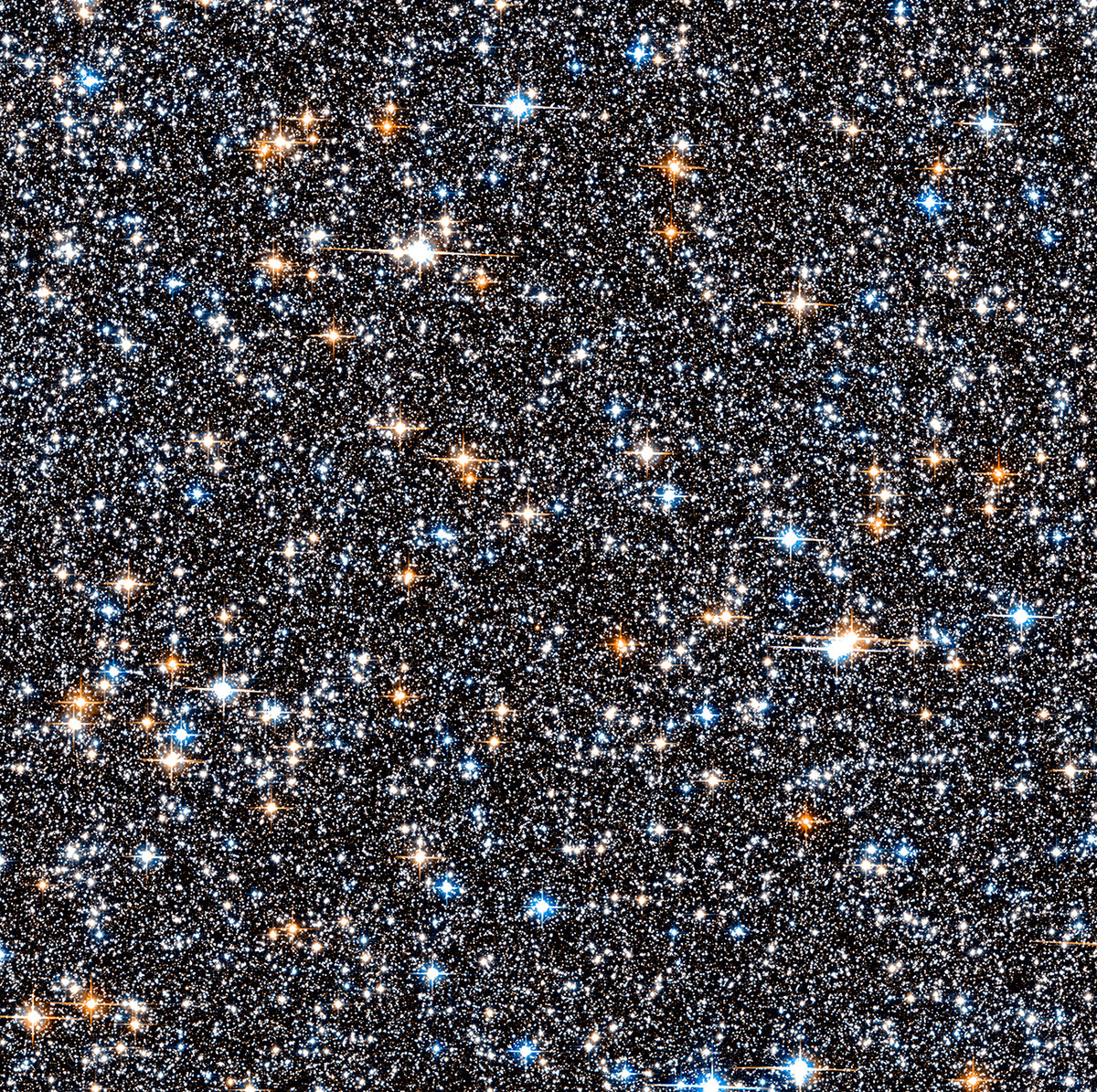
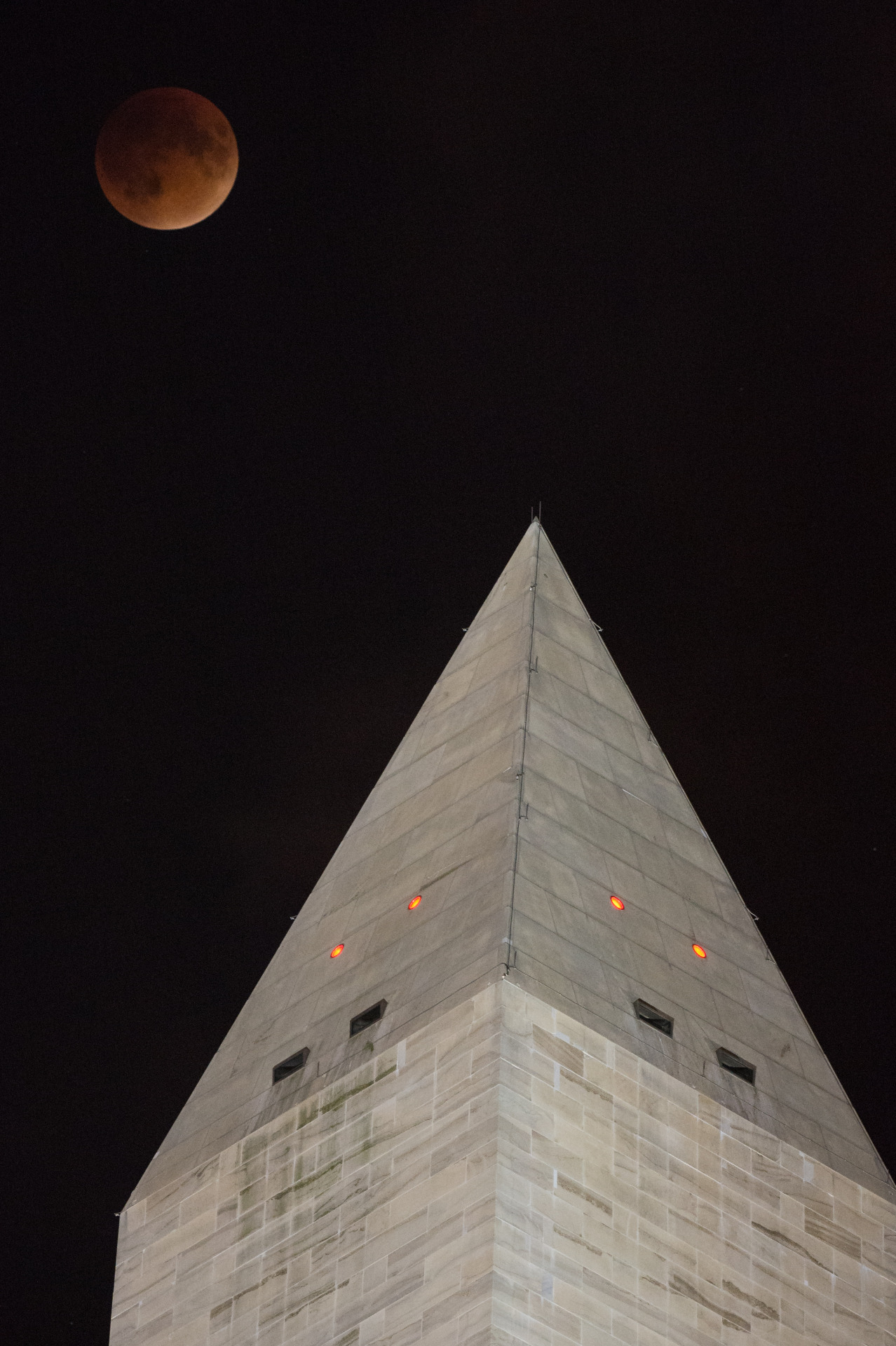
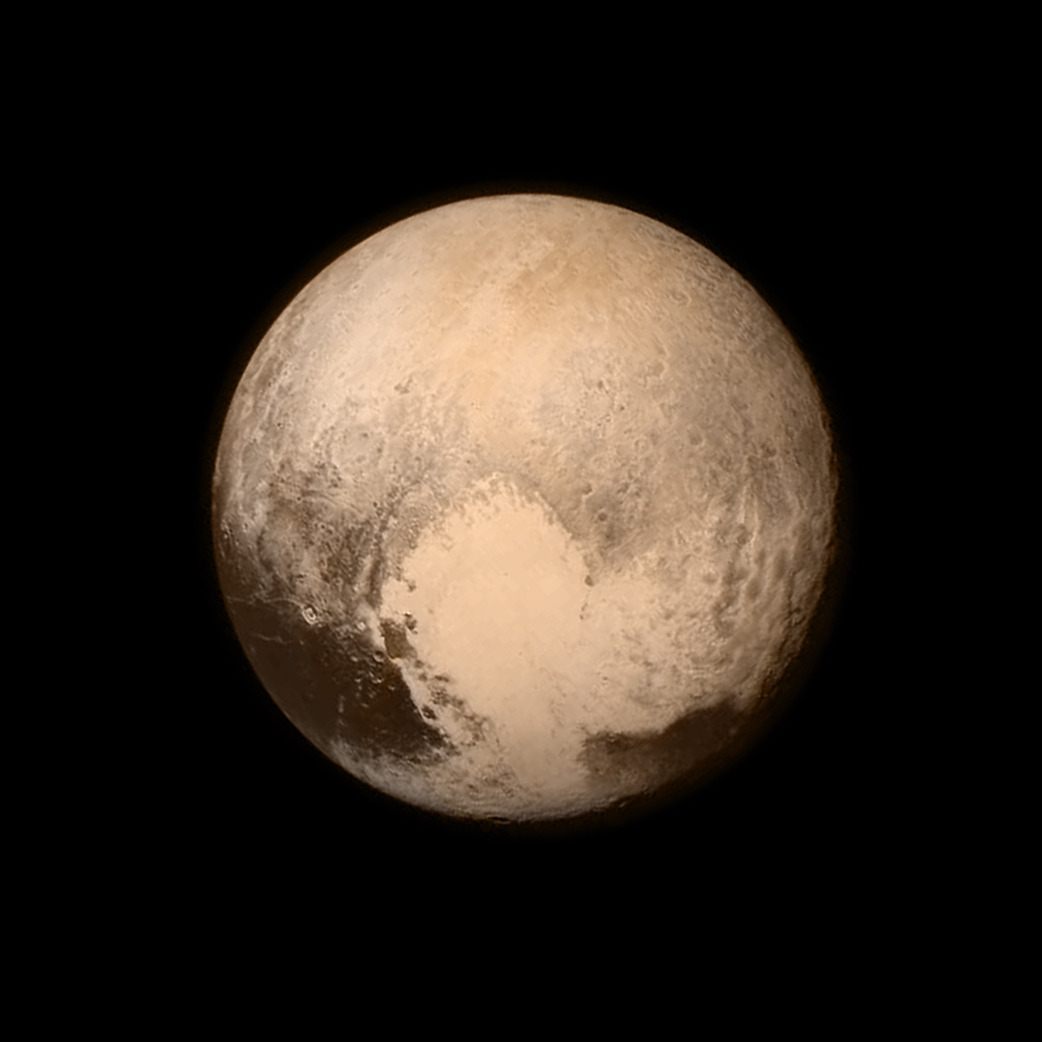
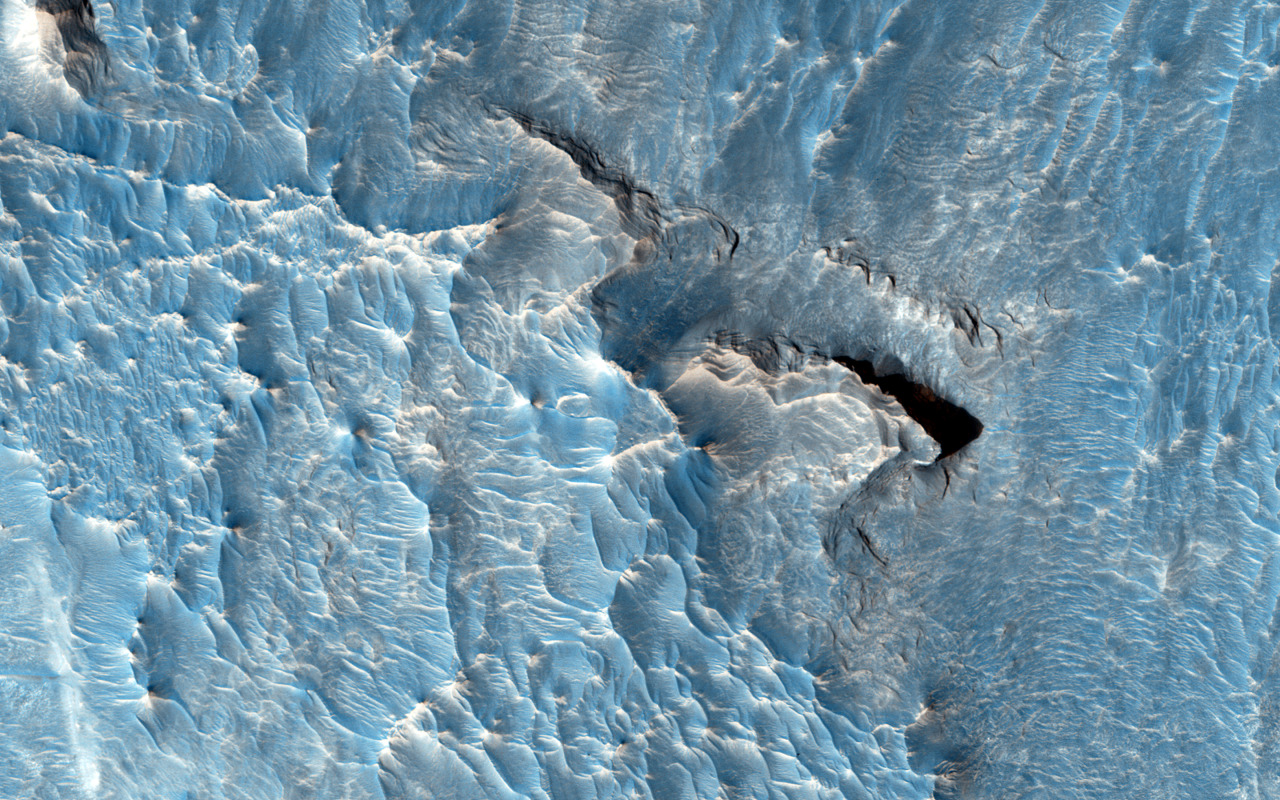
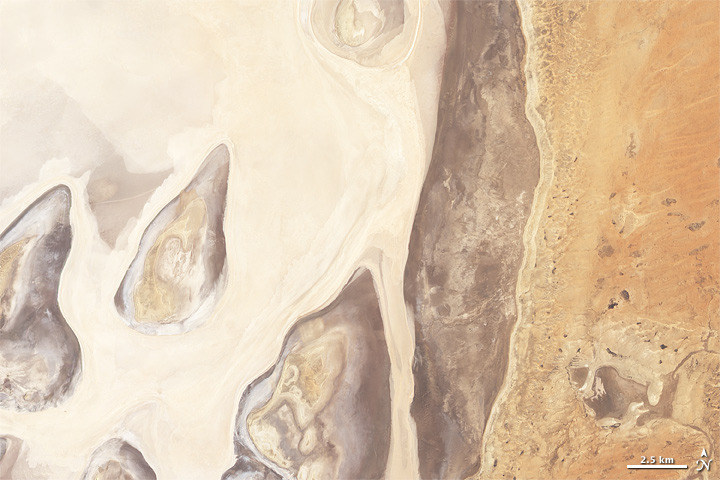
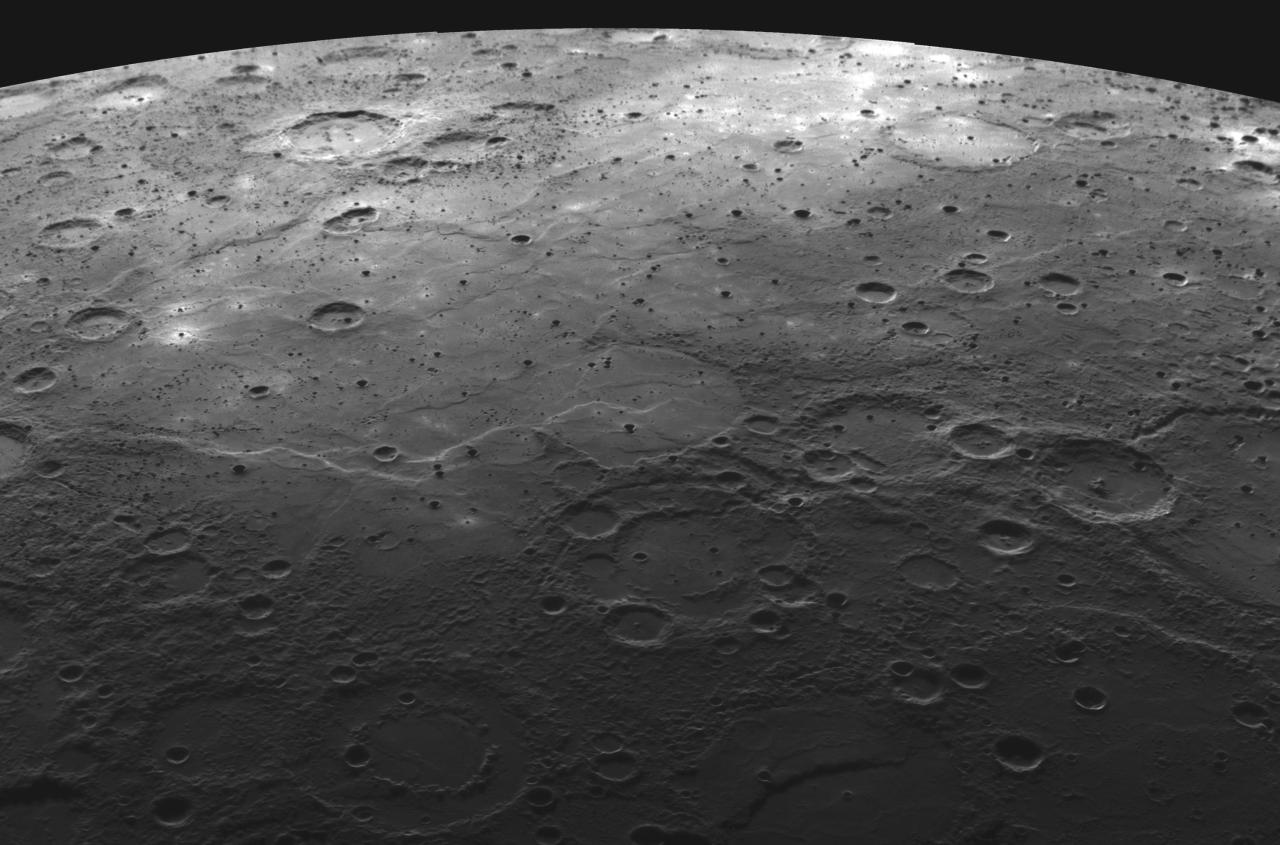
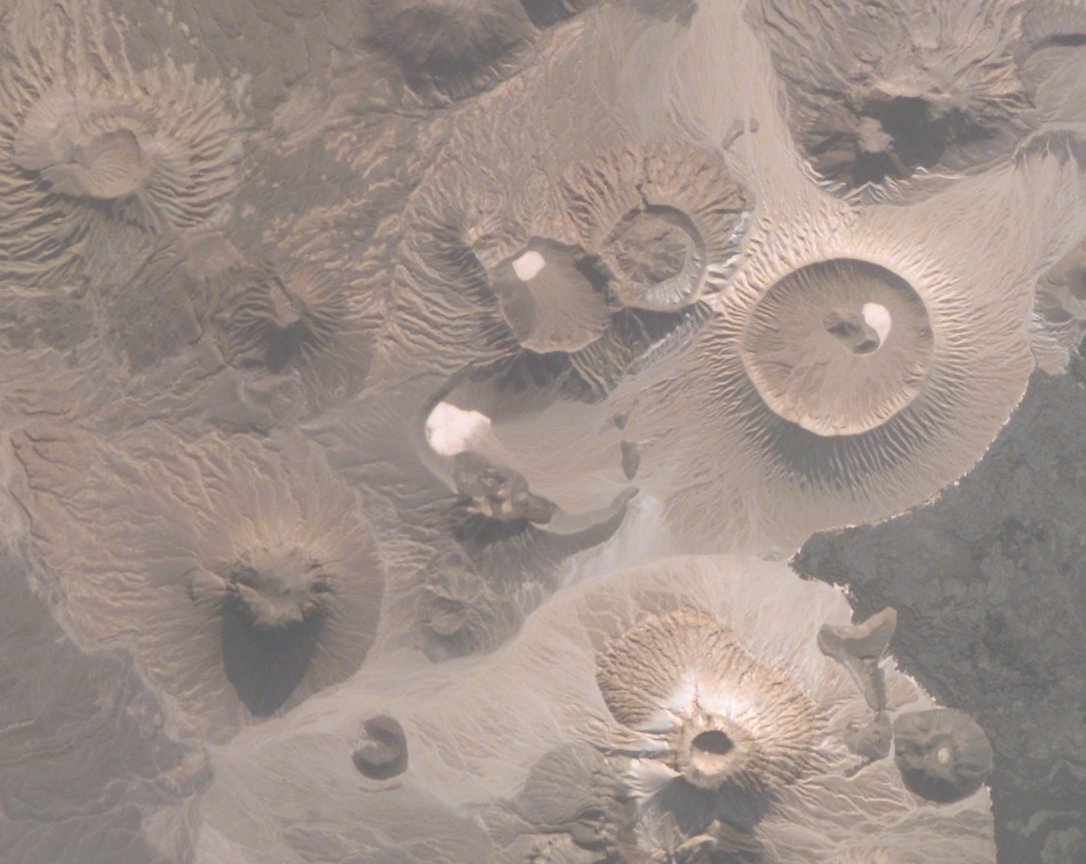
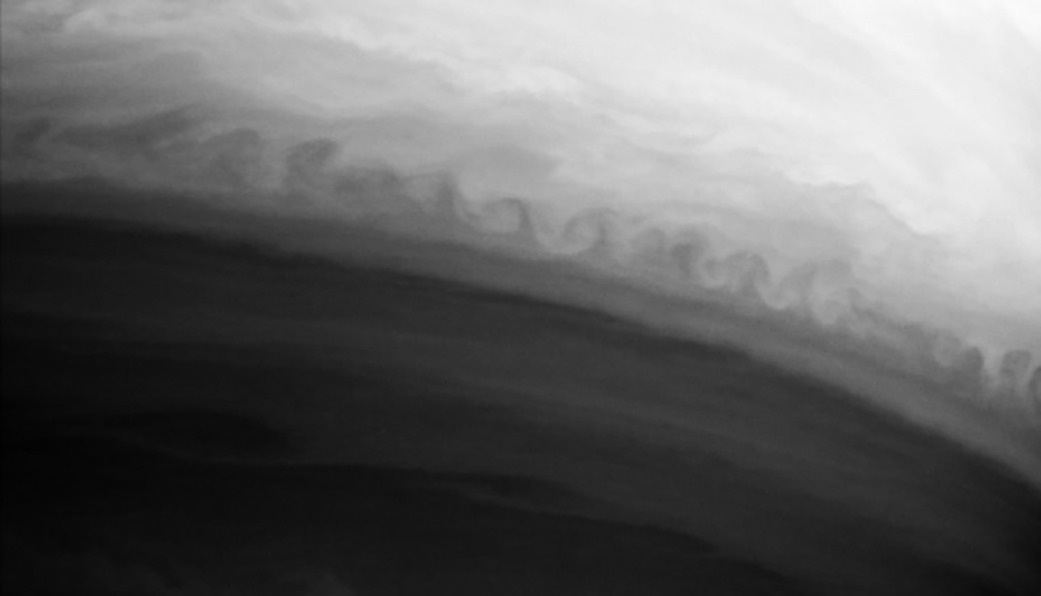
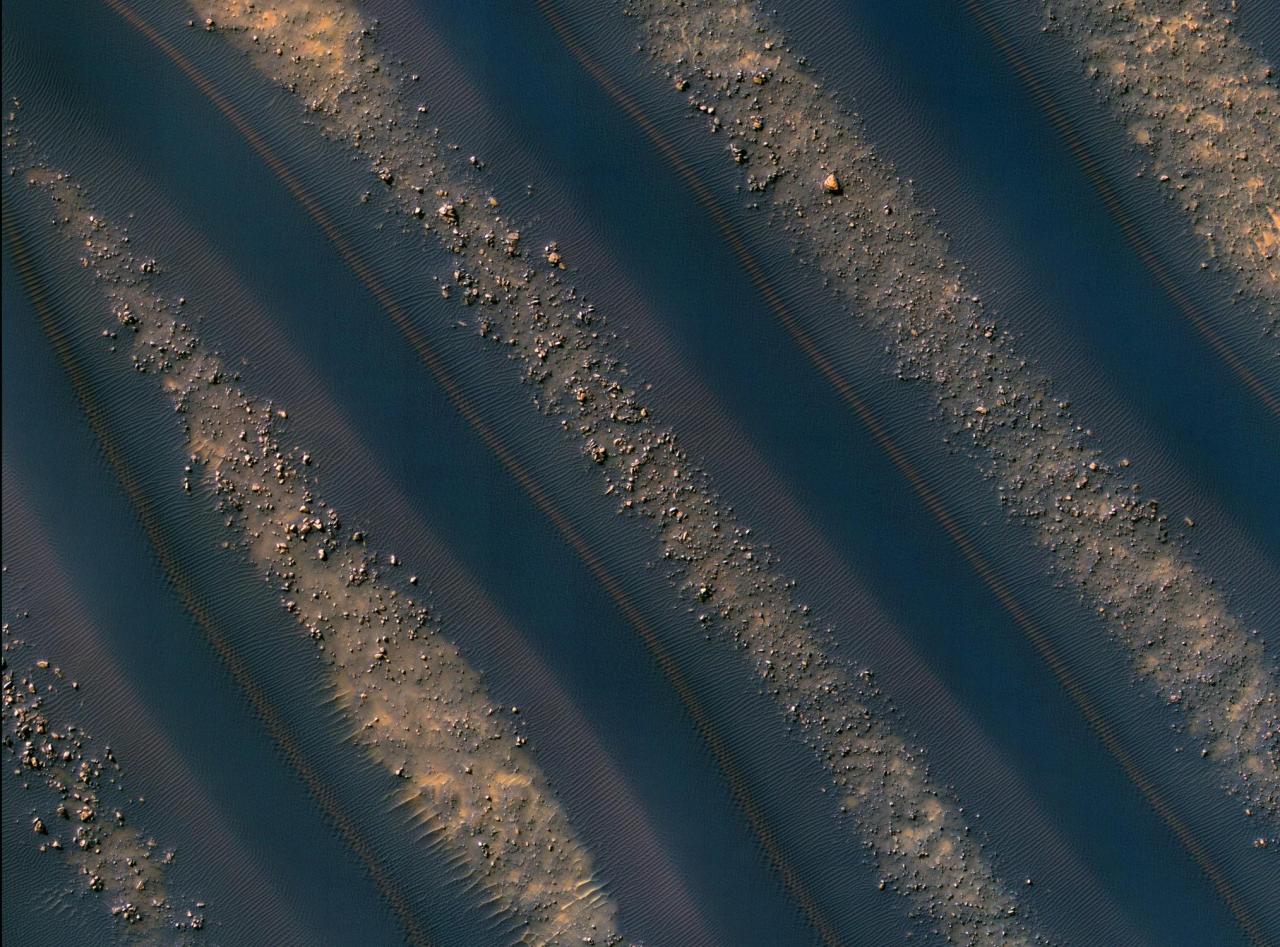
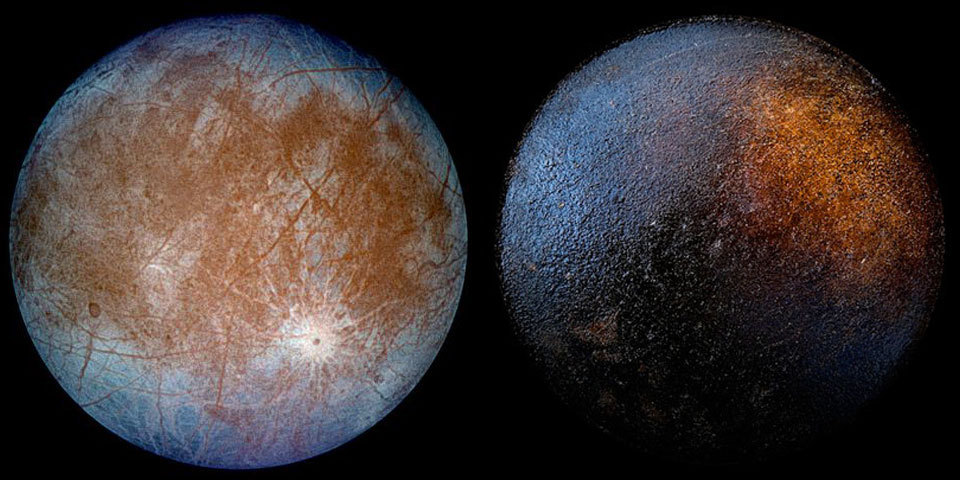

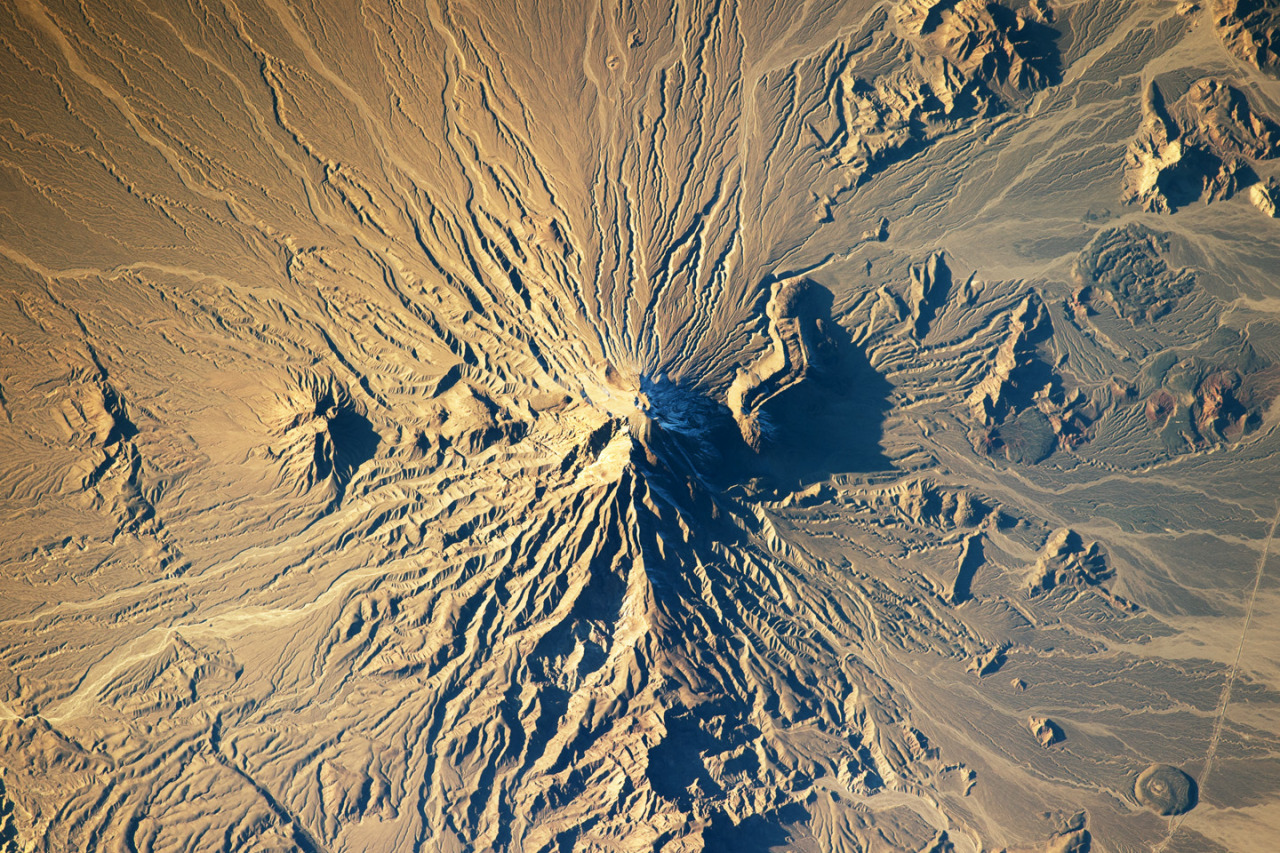
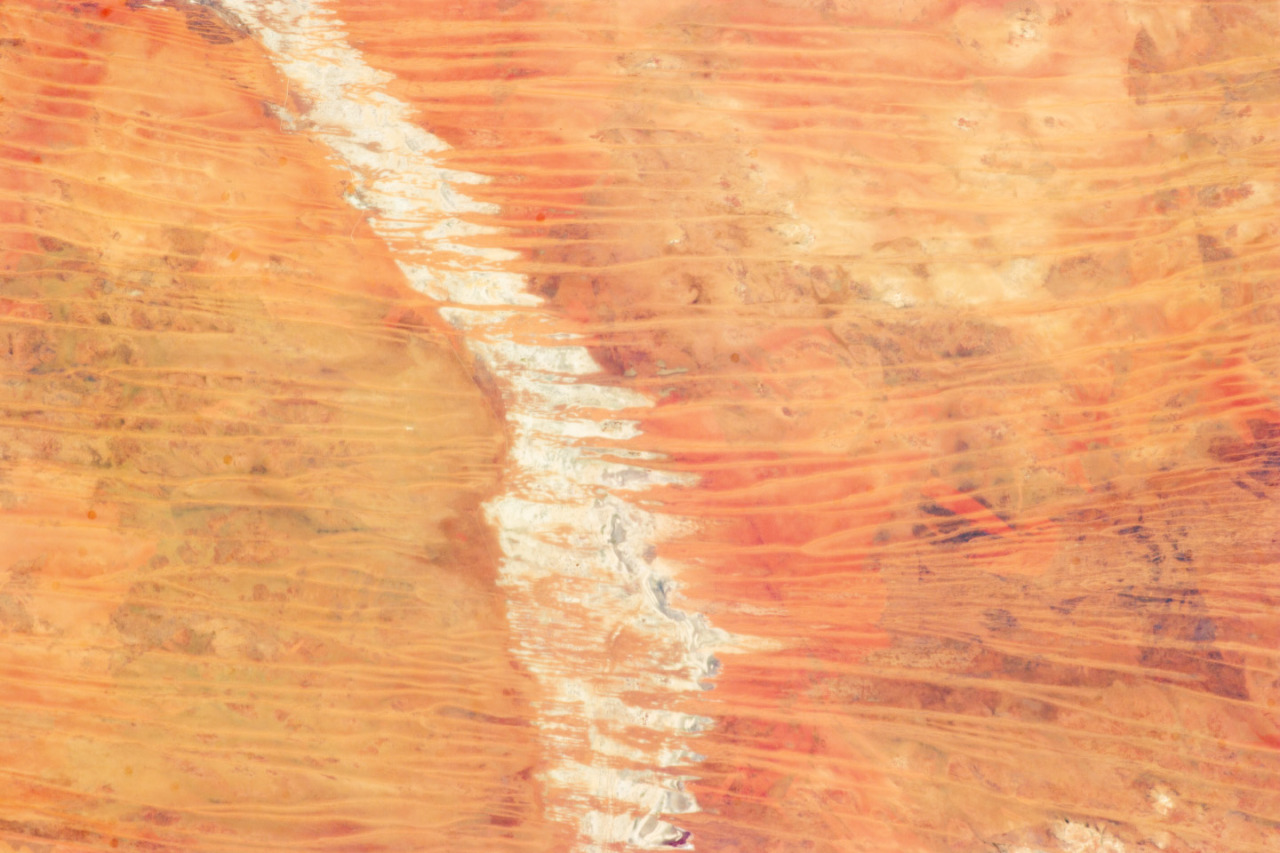


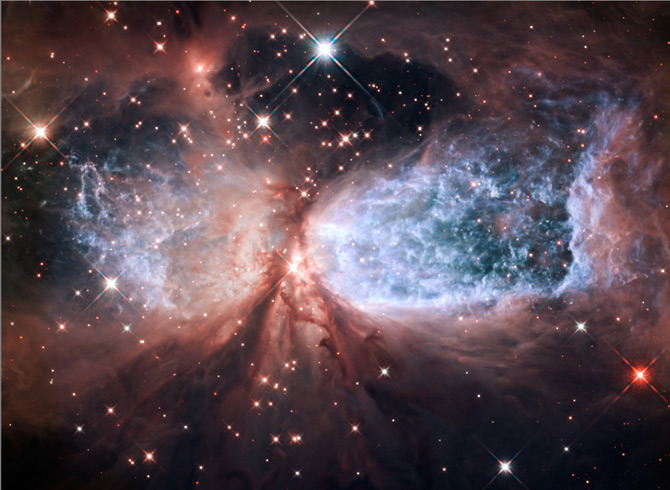
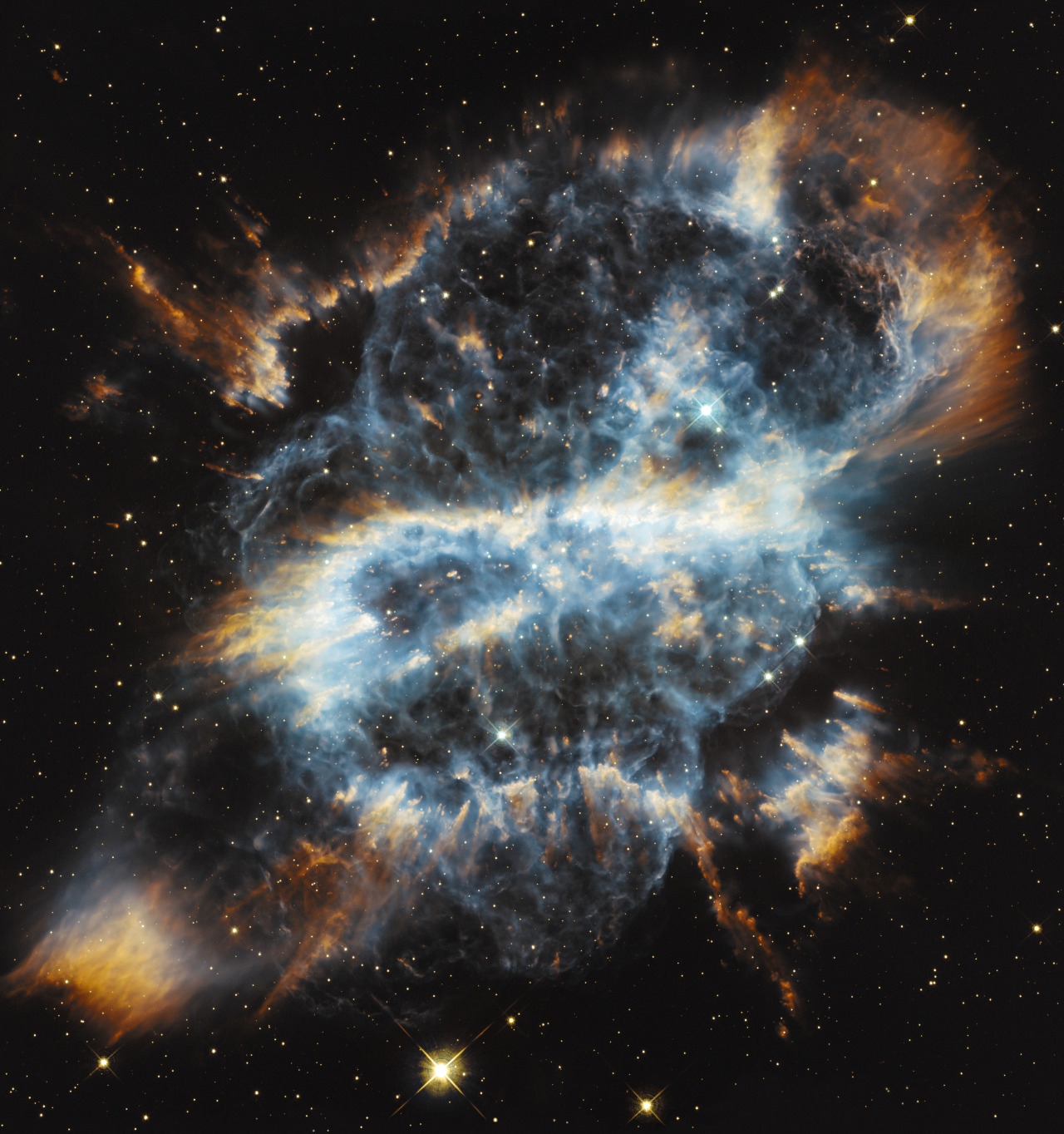
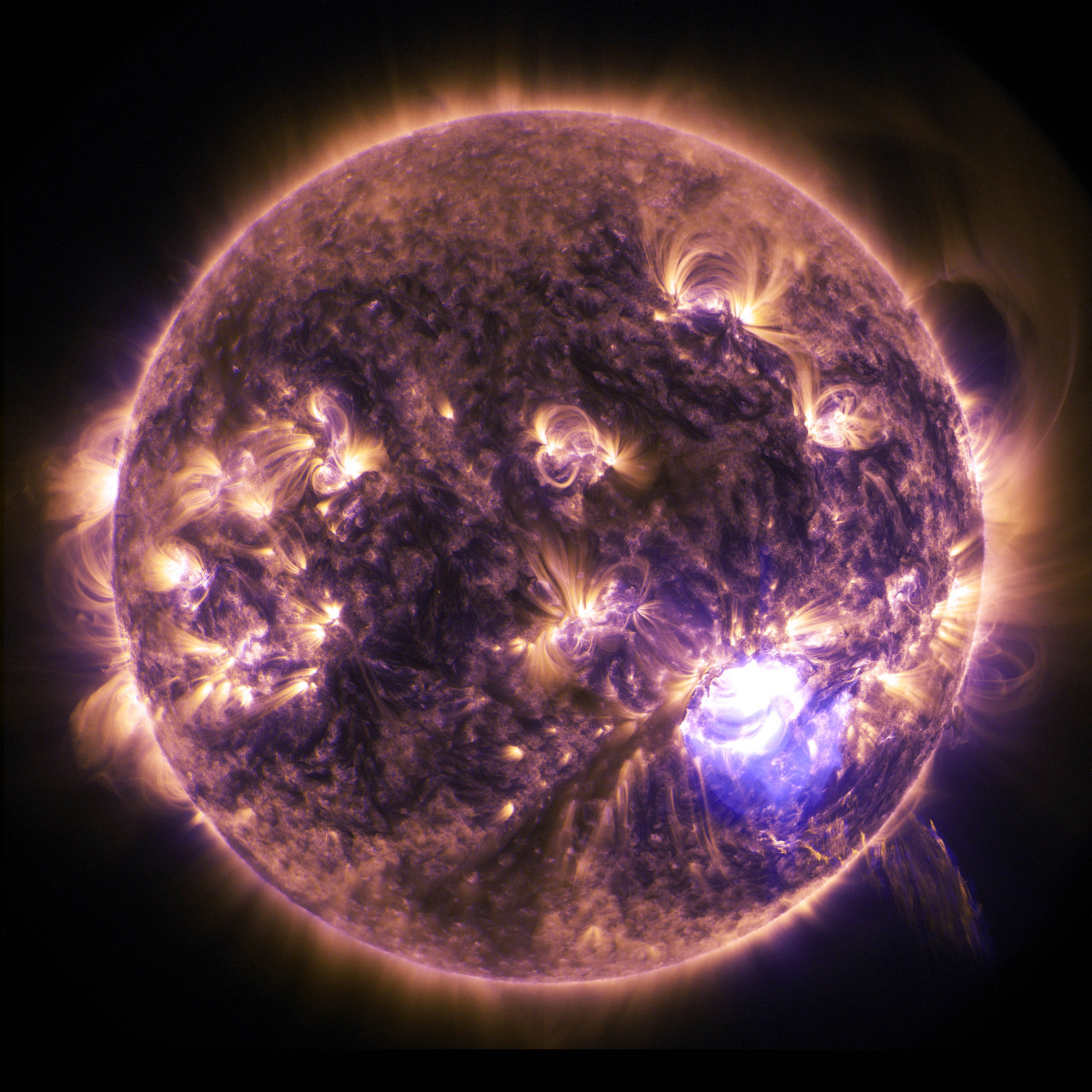


0 Comments